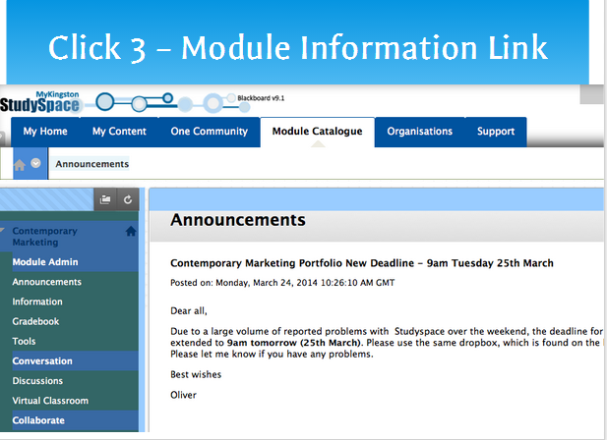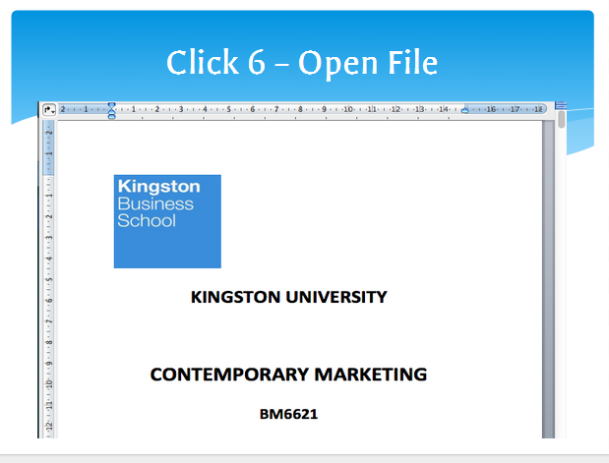Throughout the academic year of enhancing my entrepreneurial knowledge in NVD (New Venture Design), I have come across four essential and innovative skill set; Networking, constantly seeking for opportunities, making new things happen (Innovation) and finally where to look for money. The aim of this essay is to summarise my reflective learning shadowed by these four skill sets which in turn helps me to achieve my future goal/ my new business idea, ‘Pop-pods’.
At the early stage of NVD, ‘Work around’ was one of the topics that were brought to the class’s attention. At first it was difficult to come up with a good business idea, however the ‘Work around’ topic helped me come up with one by firstly observing an issue and subsequently seeking a solution for it. ‘Pop pods’ came from observing commuters on the London underground aggravatingly untangling their earphones. Similarly, another issue I noticed was that friends and family lose their earphones regularly which they find very frustrating. In Blog post 1, I have mentioned that a work around is a temporary fix to an issue. An external source also mentions that “A workaround is a concept that describes a short-term or temporary solution to a problem” (TechoPedia, 2011). However in the case of Pop pods, I have decided to implement a permanent fix to the issue instead, by forming a retractable earphone cable built in a phone case, where users are able to retract and/or extend their earphones from their phone case. This avoids users from experiencing misplaced and tangled earphones. Seeking opportunities was a crucial skill set for myself to learn as it involved looking for solutions constantly for my product.
Another topic and skill set I learned in class was innovation. I acknowledged that it usually relates to renewing, altering or forming more effective goods and services, or ways of doing things. For entrepreneurs, this implements new business ideas and forms and enhances products or services that are lively. Innovation can be a substance for business success and development and aid business owners adjust and progress in the marketplace. I also realised in class that Innovation isn’t about inventing. It can refer to altering a business model and being able to continuously have a competitive advantage over rivals by adjusting to changes in the business environment very swiftly to deliver and offer better goods and services. To improve my understanding of innovation even further I also researched different types of innovative products such as the CableDrop for USB ports and Silicone Slip-On Pour Spout for pouring liquids from a saucepan (See Blog post 2). In addition to the topic, I have come across the four processes of innovation which includes product, process, position and paradigm. The mixture of these processes aids businesses to gain financial and tactical values (See Blog post 3). To achieve the innovation skill set for ‘Pop pods’, I have decided not to create my own set of earphones and give users the option to attach their own set into the cable of the retractable earphone. This is because users favour specific branded earphones. As a result ‘Pop pods’ will have a practical and distinctive feature that no other gadgets have.
A vital topic and skill that was learned in class was how to become a successful C.E.O (Confidence, Experimentation and observation) entrepreneur. Firstly, being confident is essential as it allows you to believe in your own abilities and learn new skills very quickly as well as having the ability to handle challenges without giving up. I have mentioned in Blog post 4 that confidence is psychologically an important factor towards performing well in all business fields, however lack of confidence will prevent individuals from doing well and he/she will find it very challenging to perform out of his/her comfort zone. Secondly, In terms of Experimentation I also learned in class how to experiment with my business idea for instance trying out new ways to improve my product. This enables me to predict whether if ‘Pop pods’ is profitable. I also realised that experimenting with goods on a small scale enables you to predict the outcomes on a large scale. This is considered to be a safe and tactical move as I don’t have a complete knowledge of the market. Finally, another survival element for entrepreneurs is observation. This includes noticing opportunities and mistakes in the market. In relation to ‘Pop pods’ I have made observations on commuters struggling to untangle their earphones, as mentioned before. This shows that a problem was spotted and a solution for it was found which leads to seeing an opportunity in the market.
Forming a survey to test the profitability and viability of goods and services based on customer feedback is very useful to a business owner. This enables them to make key decisions with regards to enhancing their products and services by tailoring them to customers’ needs and wants. According to SuperSurvey (2005), it’s important to prioritise your actions based on customer feedback. “Rather than relying on subjective “gut” feelings, you can gather objective information to make sound data-driven decisions. Therefore, you can immediately address issues that are important, rather than wasting resources on things that no one cares about”. To create an effective survey and to ensure questions are accurately answered, questions must be short, simple and most importantly relevant (see blog post 7). In the case of ‘Pop pods’ I realised that in order understand the needs and wants of customers, questions were asked based on their experiences with their own earphones. Examples of questions that were asked were; how often do you untangle your earphones? How long do they last for you? Do you lose them regularly? etc.
At the mid/late stage of this module we have touched on the topic ‘monitoring financial records’. The topic gives an insight of how tracking financial records for businesses is essential as it aids them to analyse and monitor their position as well as evaluate their level of profitability. Blog post 9 discusses two points that explain why it’s important to monitor business trends regularly and they are ‘Accuracy’ and ‘Financial health’. Firstly, ‘Accuracy’ explains how it would be beneficial for a business to have its records checked by more than one personnel to avoid human error. Secondly, ‘Financial health’ clarifies how examining a financial statement provides business owners an idea of how successful their businesses is which in turn enables them to make tactical key decisions in order to stay competitive. According to ‘Info Entrepreneurs’ it states “It will be much easier to invest and manage for growth if you understand how to drill into your management accounts to find out what’s working for your business and to identify possible opportunities for future expansion”(Info Entrepreneurs, Unknown) . These financial elements would be important for ‘Pop pods’. It would allow me to make future predictions regarding ‘Pop pods’, it would give me the flexibility of making more effective commitments of money, time and energy and have the ability to expand my product at a much larger as well as more efficient scale and finally it enables me to measure and reassess my business progress. The skill set ‘Finding money’ applies to this topic as monitoring my financial records would allow me to make future predictions in order to progress financially.
The final skill set that I have learned this year was networking. This involves forming a relationship based on trust which includes a give and take. The co-auther of the book ‘Make your contacts count’ states that networking “is about teaching and giving. Teaching people who you are… and what kind of opportunities to send your way. And it is about giving — listening so generously that you can also help people accomplish their goals” (Rangwala, Unknown). I realised that expanding my network constantly is a vital skill to pick up especially when promoting my products. I have applied this skill during the Bright Ideas competition in Semester 1, where I presented the idea ‘Pop pods’ to the judges. One of the judges was fascinated by my business idea and has given me his business contact details to discuss further my business expansion with him.
In conclusion, a summary has been made on my reflective learning of how to become a successful entrepreneur. With the aid of some of my blog posts and external sources, I have firstly summarised and discussed the topics I learned in class which I thought are essential to my future business idea, secondly I addressed the skills set that the topics are involve in and finally how my reflective learning applies to my future business goal, ‘Pop pods’.
I am glad to have chosen NVD as one of my main subjects in my university degree. I have learned so much throughout the academic year which consequently enhanced my confidence in becoming an entrepreneur. With the knowledge learned from the module, I hope to begin and expand the business of ‘Pop pods’ in the near future.
References:
SuperSurvey (2005) Why Survey?. Available at: http://knowledge-base.supersurvey.com/survey-goals.htm (Accessed: 9th April 2014).
TechoPedia (2011) Workaround Available at: http://www.techopedia.com/definition/14634/workaround (Accessed: 12th April 2014).
Info Entrepreneurs (Unknown) Measure performance and set targets. Available at:http://www.infoentrepreneurs.org/en/guides/measure-performance-and-set-targets/#3http://www.infoentrepreneurs.org/en/guides/measure-performance-and-set-targets/#3 (Accessed: 14th April 2014).
Rangwala, S. (Unknown)’Networking 101’. The washington post. Available at: http://www.washingtonpost.com/jobs_articles/networking-101/2012/10/09/dbb7d628-121d-11e2-be82-c3411b7680a9_story.html (Accessed: 18th April 2014).
















